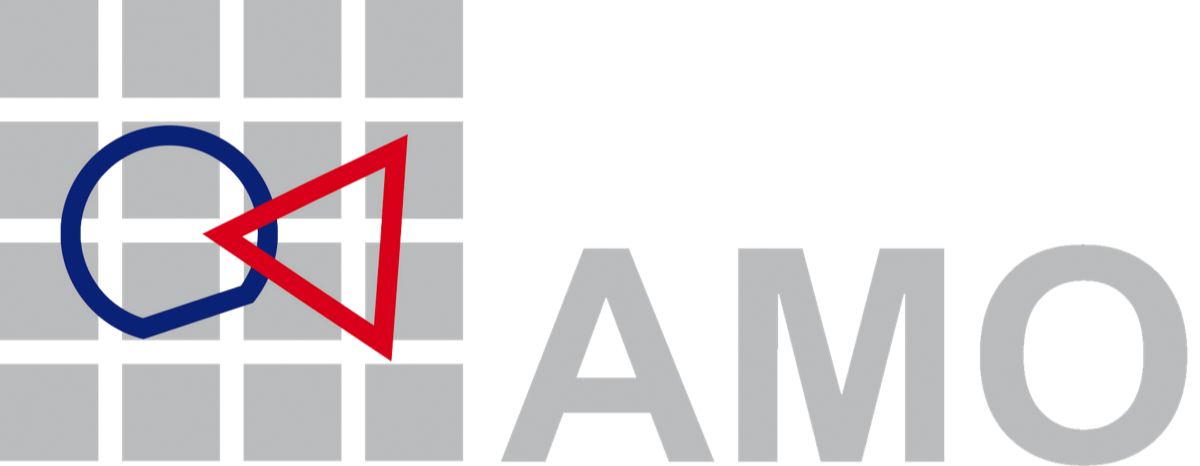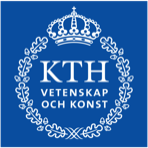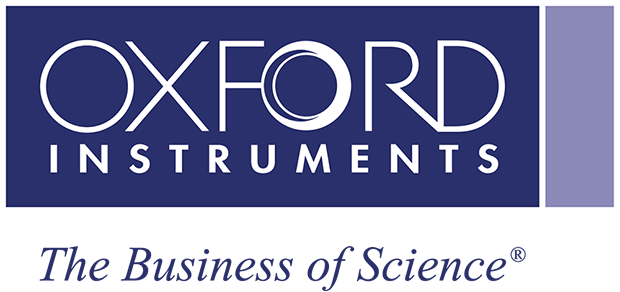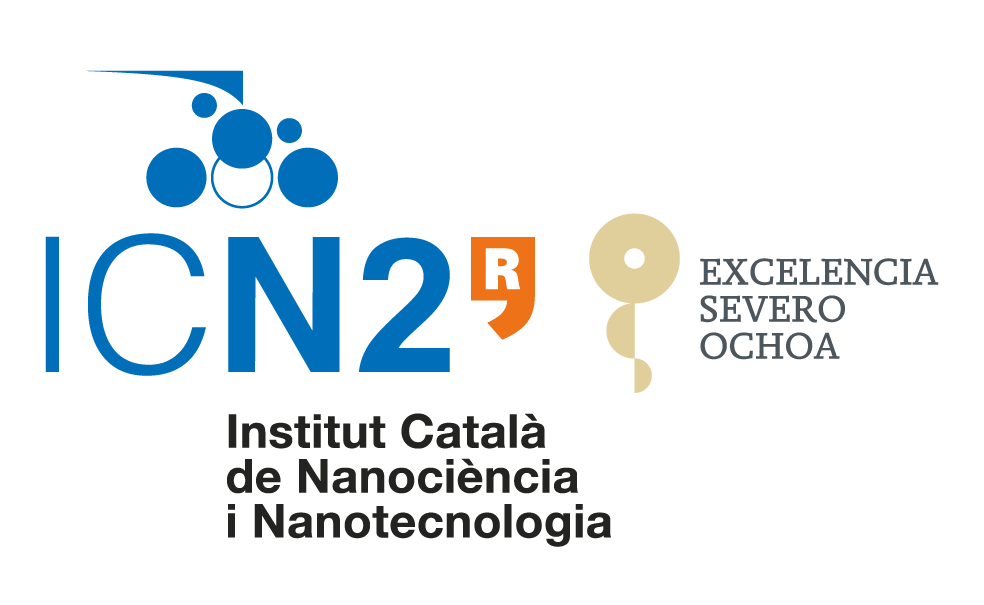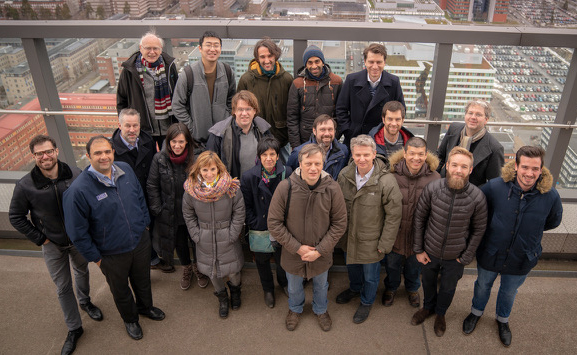
ULISSES brings together three academic institutions with five companies (four of which are from high tech industry) coming from 5 different European countries (Germany, Spain, Sweden, Switzerland and UK). Between them, they cover the full range of competences from theoretical 2D material modelling to sensor system networking, i.e. all that is needed to bring the new gas sensor SoC to TRL4.
The ULISSES consortium has been built around the two primary objectives of ULISSES. Each of the consortium partners contributes their expertise and resources to two or more technical work packages. Ultimately, the composition of the consortium and the shared expertise provide an efficient risk management and ensure close interaction and synergy between the work packages. The added value of the consortium will be generated by the coordination of the complementary scientific or methodological expertise of the individual partners.

ULISSES brings together three academic institutions with five companies (four of which are from high tech industry) coming from 5 different European countries (Germany, Spain, Sweden, Switzerland and UK). Between them, they cover the full range of competences from theoretical 2D material modelling to sensor system networking, i.e. all that is needed to bring the new gas sensor SoC to TRL4.
The ULISSES consortium has been built around the two primary objectives of ULISSES. Each of the consortium partners contributes their expertise and resources to two or more technical work packages. Ultimately, the composition of the consortium and the shared expertise provide an efficient risk management and ensures close interaction and synergy between the work packages. The added value of the consortium will be generated by the coordination of the complementary scientific or methodological expertise of the individual partners.
Role in ULISSES
Senseair applies its expertise in IR gas sensing to guide the design of the ULISSES integrated gas sensor and the development of new edge-computed self-calibration algorithms (sensor intelligence) and networking capabilities necessary to integrate gas sensors into the Internet of Things.
Exploitation tracks and expected benefits
Senseair aims at developing a novel low-cost gas sensor module for safety alarms and environmental monitoring that will further add to its already attractive product portfolio. Moreover, Senseair will exploit the learnings and results on sensor intelligence and networking to make better and smarter gas sensors.
Team
Role in ULISSES
Realisation of the different integrated optic and opto-electronic devices on the ULISSES sensor chip. This includes process development, design support, wafer level fabrication and some characterisation of these chips. The current focus is on 2D material photodetectors for mid-IR sensing.
Exploitation tracks and expected benefits
Enhancing AMO's silicon photonic platform for future R&D and extending the offerings of AMO's photonic and graphene foundry.
Team
Role in ULISSES
Focus on Micro- and Nanoelectromechanical Systems (MEMS/NEMS). KTH-MST has a strong track record in industry-related projects, including waveguide-based sensors, IR bolometers and IR emitters.
Exploitation tracks and expected benefits
Application of MEMS/NEMS in sensors, optical, radio frequency, medical and biotechnology components and on electronic devices, including graphene transistors and photodetectors.
Team
Role in ULISSES
As the equipment technology partner within ULISSES, OXINST is responsible for developing robust, manufacturing ready 8" (200mm) capable deposition and etch technology and process protocols for graphene, dielectrics on graphene and related materials as well as deposition and etch layers for waveguide fabrication.
Exploitation tracks and expected benefits
Key exploitation benefits include using the learning within ULISSES to drive the uptake of developed high TRL processes and equipment in the semiconductor industry and R&D organisations.
Team
Role in ULISSES
As the graphene producer our role is to work on the integration of graphene onto waveguide containing substrates for developing the gas sensors. This involves the wafer scale synthesis and transfer of CVD graphene onto waveguides.
Exploitation tracks and expected benefits
Key exploitation benefits include using the learning within ULISSES to drive to the uptake of new graphene based products and enhancing our graphene product portfolio.
Team
Role in ULISSES
Primarily focus on growth and optimisation of 2D platinum diselenide. The fabrication of devices working together with all involved partners is another key task of our project contribution.
Exploitation tracks and expected benefits
Our primary goal is the accumulation of knowledge. Working together with other institutions in this project we will be able to characterise our grown 2D materials in the means of photonic performance. The acquired knowledge will be spread in journal articles and conference contributions.
Team
Role in ULISSES
ICN2 has significant expertise in the modelling and simulation of nanoscale materials and devices. It is using this expertise to aid in the design, analysis and optimisation of the gas sensors being developed within the ULISSES project.
Exploitation tracks and expected benefits
One of ICN2's primary goals is the generation and dissemination of knowledge.
The results of their work within the ULISSES project will be disseminated to the scientific community via journal articles and presentations at conferences.
Beyond scientific dissemination, ICN2 plans to use the knowledge generated in this project to develop collaborations with other researchers and private companies, investigating new sensing applications of graphene.
The tangible benefits to ICN2 will thus include: publication of scientific results, development of new projects based on sensing mechanisms in graphene, and partnership with other public researchers as well as private companies.
Team
Role in ULISSES
SCIPROM supports coordinators from the first project idea to the final report, in project set-up, negotiation, management and communication.









